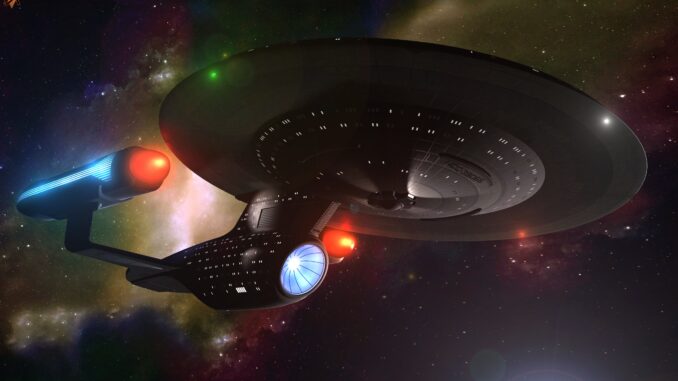
Astro Pi: Mission Zero
The International Space Station (ISS) is getting a hardware upgrade in the form of a Mark II Astro Pi and Sense HAT and the Raspberry Pi Foundation has a great project for school children to be able to write some code that will execute for up to 30 seconds on the new hardware.
The project deliverable is a block of code that sends a message to the astronauts and also measures and displays the humidity in the ISS. This gives us as mentors the opportunity to spend a couple of hours talking to children about topics such as space, the ISS, senses, colours and languages, and have a real world application to refer to.
STEM Mentor
I had the pleasure yesterday of working with a class of 6 & 7 year old children to write the code that was submitted and will be executed sometime next year, but I thought I might take a moment to explain what topics we covered:
- International Space Station
We talked about the ISS, where it is, what it does, and while doing this we had a video of the Earth from the ISS playing on the big screen https://youtu.be/DDU-rZs-Ic4
It was interesting to see how children think about space, there were some great questions, including the old favourite – which fortunately I had planned for so was ready with an answer from Tim Peake Tim Peake: How do astronauts go to the toilet in space? – CBBC Newsround
- Senses
Because the project wants the children to display the humidity on the screen, we got to talk about the 5 classic senses, touch, taste, smell, vision, hearing, and also talk about balance and equilibrium, which I did not know is an additional perception. The children spoke about things they could sense, and we worked on the project, writing some code then using the simulator in Trinket ran the code and saw how the slider made the value change.
- Colours
The text on the screen can be made any colour, so the children talked about the colours of the rainbow, the 3 primary colours, red, green and blue, and then I introduced the colour calculator from w3schools which was when it all got a bit complicated, because at 6 years old, the idea that colours can be a number was a bit beyond them – but we got the children to tell us their favourite number and used those to make the class colour, which was a reddish pinkish colour, and that was the colour our message was set to.
- Languages
Originally the languages was going to be about how computers use languages, but the class teacher moved it to think about the many languages in the World, and to think about how not all the astronauts are English, and that English may not be their first language, which I thought was a great change of topic, though in the end the message was written in English.
All in all a great way to end a manic week of project work – something I strongly recommend any of my readers to think about.